It used to be simple. You wanted better sound, you bought the biggest, heaviest black or silver box you could find, dropped five grand on it, and hoped your back and bank account forgave you. High-end audio was a boys’ club of brushed aluminum, knurled knobs, and cables thick enough to tow a Buick.
And the brands? They didn’t just lean into it — they designed for it.

Sonus faber wrapped its loudspeakers in walnut and leather like they were dash accents in a Maserati. Focal went full French fashion house — all gloss black, red lacquer, and angular sci-fi curves that looked best next to a bottle of Dom. Bang & Olufsen? Granite-esque alien sculptures that looked like an art installation until you turned them on and realized they were also speakers. For years, high-end audio clung to a design language that shouted money and whispered don’t touch me.
None of this was accidental — it was luxury coded for middle-aged men who wanted something “elegant” to justify their obsession. And for a while, that worked.

Then something shifted. Danish minimalism took the stage. Flat-pack Scandi chic became the look for the “refined” listener — clean lines, warm woods, soft grays. If your speakers didn’t match your Eames chair or your overpriced DWR credenza, they were suddenly gauche. The gear disappeared into the décor, sterile as a Copenhagen dentist’s office in November.
But that, too, for those in the back row who are hard of herring, is starting to feel old. The new generation — the ones streaming lossless on Qobuz between TikToks, watching vintage vinyl videos on YouTube, and actually buying gear again — don’t want hi-fi to disappear.
They want it to stand for something. And most of all, they don’t want it to look like something their dad drooled over in a 2006 Stereophile back issue.
So what’s the industry doing? Reinventing the wheel?
No. It’s painting it coral pink.
In 2025, the bleeding edge of high-end audio innovation is… color. Olive green, pale blue, Burnt Siena, muted beige, something called “Digital Lavender.” This year’s High End Munich looks less like a cutting-edge audio showcase and more like a lifestyle catalog curated by someone who thinks speaker grilles should match throw pillows.The new high-end isn’t pushing formats or circuitry — it’s pushing palettes.
And here’s the kicker: while some want to pin the lack of “real” innovation on tariffs, chip shortages, or the usual geopolitical anxiety, that’s mostly noise. The real issue is simple: most legacy audio companies stopped taking risks. They ran out of ideas. And now they’re digging into their marketing departments like it’s the last pack of smokes before curfew.
But maybe — maybe — this design-first push isn’t just window dressing. Maybe it’s the first smart thing the high-end has done in a while.
Just look at the brands who’ve read the room
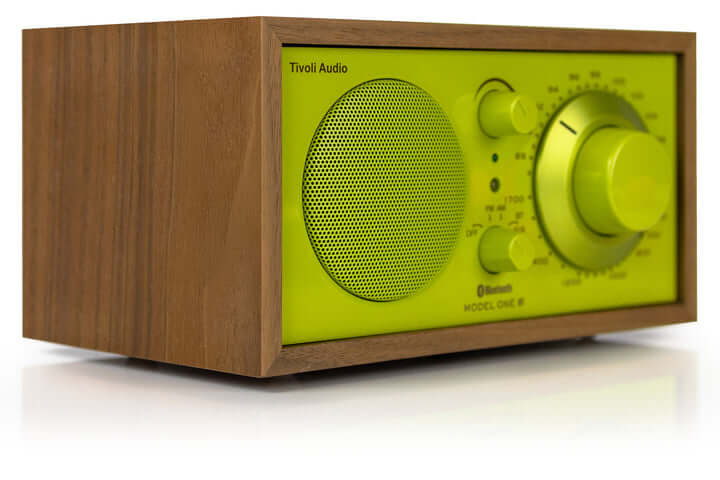
Tivoli Audio has just launched new colorways for the Model One BT, and let’s be real—it’s like they time-traveled straight to the 1970s and picked up a few cans of paint from Canadian Tire. The new hues include Poppy Red, Golden Hour Orange, Highlighter Yellow, Avocado Green, and Navy Blue, all sitting pretty in a walnut cabinet. And yes, you read that right—Avocado Green.
Because nothing says “I’m living my best retro life” quite like a color that channels avocado toast energy with a wink to 1977. It’s warm, familiar, and proudly nostalgic — the kind of shade that makes you want to spin a Curtis Mayfield record, browse vintage stores for the perfect corduroy jacket, and maybe even track down a mint green refrigerator just because it makes you smile.
In a world where every show looks like it was lit with a flashlight and a therapy bill — looking at you, Andor and Squid Game — there’s something refreshing about embracing color, fun, and a little bit of soul.
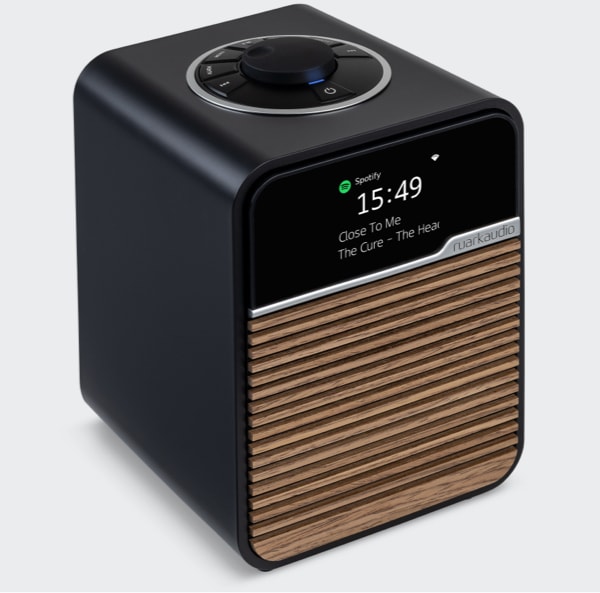
Coming soon in Light Cream and Satin Charcoal, the Ruark R1S continues its legacy of doing Danish minimalism better than the Danes themselves. Ironic? Maybe. But there’s something undeniably right about a British brand that pairs clean Scandi lines with beautifully finished hardwoods and rich, striking sound. If any brand still carries the torch for this aesthetic, it’s Ruark—everyone else just looks like they copied an IKEA endcap.

The Ruark R610 Music Console isn’t just a pretty face—it’s a full-blown streaming beast wrapped in a cabinet that looks like it was designed by someone who once dated a Bauhaus architect and still listens to records in the rain. Available in a Fused Walnut veneer or Satin Charcoal lacquer, both versions are accented with walnut slat trim that whispers mid-century cool without trying too hard.
Under the hood, it’s all modern muscle: hi-res streaming support, Spotify Connect, TIDAL Connect, and even HDMI ARC for your TV. It’s the kind of industrial design that makes your friends assume you cashed out your Tesla shares to buy it—except you didn’t have to. This one’s all style, no fiscal regret.
The new Focal Diva Utopia Wireless now comes in a finish called Dune High Gloss — a slick, sandy beige that looks like it was pulled straight from a Mediterranean influencer’s mood board or an Architectural Digest spread curated by someone who thinks Frank Ocean listens exclusively to ambient playlists in linen pajamas. It’s less “Focal Utopia” and more “Paul Atreides goes wireless.” Spice not included, but the price tag still hits like a Guild Heighliner.
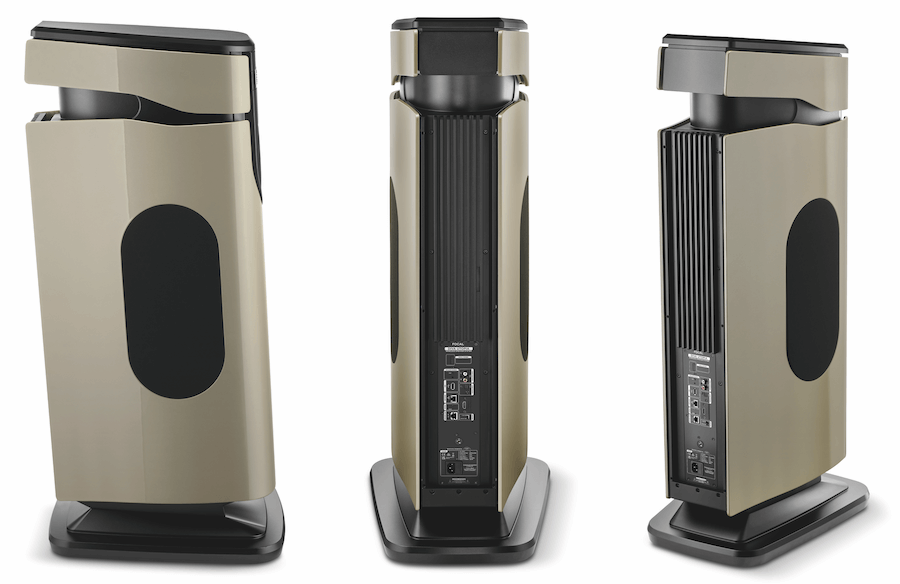
Let’s be clear: this isn’t Focal phoning it in — it’s Focal reading the room. Loudspeakers that used to scream “please place me next to your Esoteric rack and poured concrete diffuser wall” are now whispering, “I’ll look great beside your travertine coffee table and oat milk cortado.” And honestly? That might be the most utopian thing about it.
Canvas launched a wall-mounted soundbar system that looks like something you’d see in a MoMA gift shop, but sounds better than half the mid-tier rack gear on the market.
DALI has embraced Scandinavian furniture tones and compact form factors that don’t scream “serious listening room.” Audeze, traditionally the king of huge planar headphones, has even started playing with sleeker, more wearable models aimed at gamers and content creators — people who care about how they look wearing headphones, not just how they sound — although we’re a huge thumbs down on the new “flower” version.
Klipsch is retro again — but this time, it’s actually tasteful. Forget the loud, questionable ’90s “vintage” that’s been recycling through the scene for the last two decades. Think 1970s walnut cabinetry paired with the vinyl resurgence that’s somehow taken over every Instagram feed, not just the audiophile basement. The Heritage lineup has been a hit for a reason, marrying the past with a present that actually cares about looking good in the living room, not just delivering bass that can knock you out of your chair.
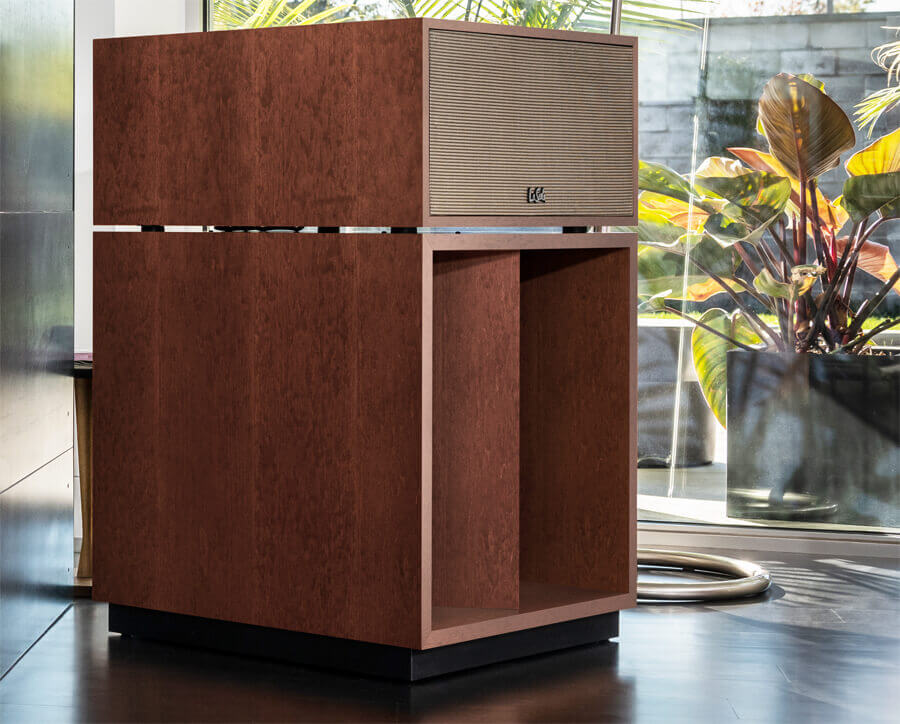
And then there’s the OJAS KO-R1 model. Retro? Yeah, if your idea of “retro” is something that looks like it belongs in a Vogue spread, not an audiophile’s man cave. This isn’t for the guy who still swears by his Klipschorn and thinks wood finishes are the height of design.
No, this one’s designed by Devon Turnbull — the guy who makes gear for movie stars, pro athletes, and music producers who want to look like they’re not trying too hard. It’s the kind of speaker you don’t just listen to; you flaunt it like it’s a vintage Rolex — only louder, and with way more bass.
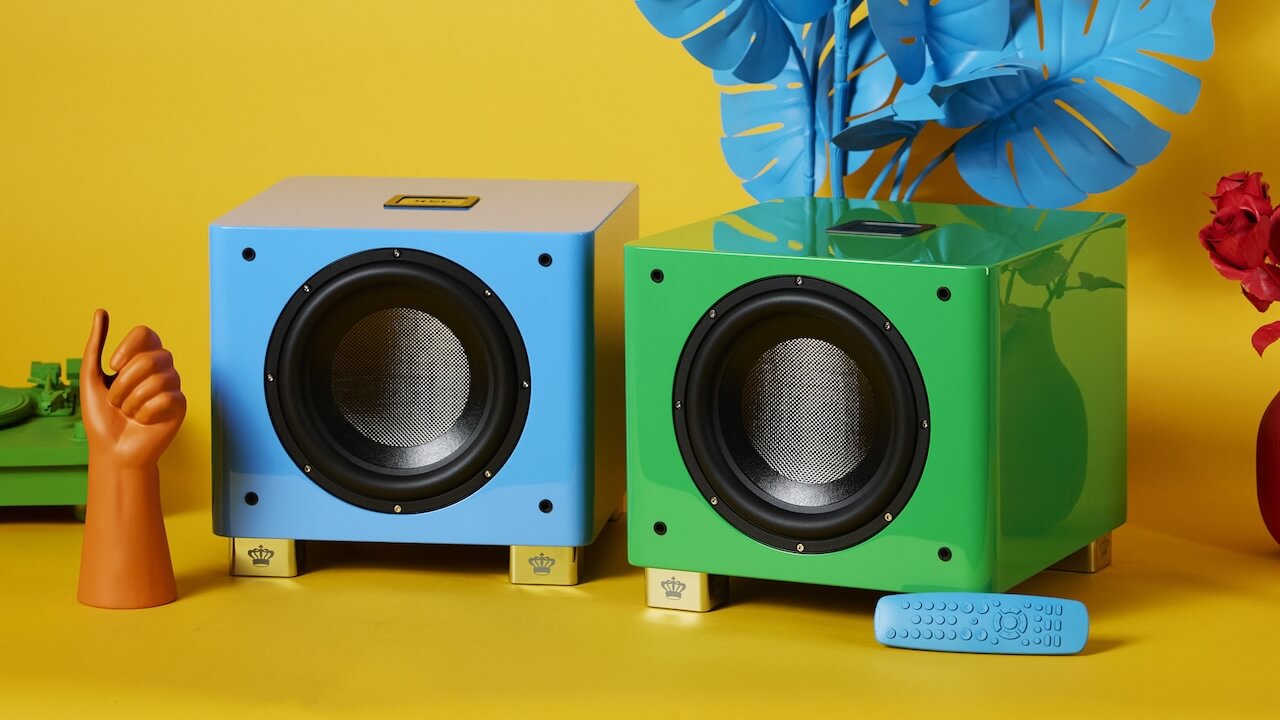
REL, of all companies, now makes subwoofers you might actually want people to see. Their traditionally black-box bruisers now come in colors like Green with Envy, French Racing blue, Italian Racing Red, and Tangerine Dream — actual finishes on their best-selling T/9x SE subwoofer. It’s like someone at REL finally realized that not every living room looks like a bat cave. The sound hasn’t changed — still tight, musical, and authoritative — but now the box can match your vibe instead of clashing with your curtains.
And then there’s Aequo Audio — the Dutch brand with gear that looks like it rolled off a Star Wars set. Not Empire era either — we’re talking Episode VII to IX territory here: curved, monolithic, glossy, a little too polished but undeniably futuristic. Say what you will about the sequels, but Rey’s lightsaber didn’t look bad. Aequo’s stuff might make you roll your eyes, but it also makes you stop. Which, in 2025, is half the battle.

These aren’t accidents. These are course corrections. After decades of building systems for the same dude (let’s call him Gary — he’s 61, owns four DACs, and uses the word “synergy” unironically), the industry is realizing there are other listeners out there.
Listeners who value form as much as function. Women. Young professionals. Design-conscious music lovers who might never read The Absolute Sound, but who sure as hell care what’s in their living room.
Look, if you’re perfectly content with Schiit’s “Henry Ford” color philosophy—black or silver, pick your poison—or the yee-haw chic of entry-level Chinese gear that seems to think the only two design options are “dark metal slab” or “shiny budget spaceship,” that’s your call. It’s your desk and your life.

But let’s not pretend that affordable gear has to look like it was styled by an AI trained exclusively on 2006 PC tower cases. Color is a thing. Personality is a thing. And no one ever felt inspired by a DAC that looks like a defunct external hard drive.
The danger, of course, is letting design overtake everything else. If the color becomes the message — if sound quality becomes a footnote under a pantone swatch — then we’re just trading one kind of stagnation for another. It’s one thing to evolve. It’s another to get high on your own branding.
Let’s not forget: you can’t hear sage green. Coral red doesn’t improve imaging. And no matter how well it matches your floor lamp, Desert Dune Matte won’t tighten the bass.

But if that color — that visual cue — gets someone to walk into a shop, or click through a product page, or even just stop scrolling long enough to think, Maybe I want something that sounds better?
That’s not the end of hi-fi. That’s the beginning of its survival.
So sure, roll your eyes at the pastel revolution. Snark about the “limited-edition” finishes. Wonder when someone will release a DAC in millennial pink. But don’t miss what’s happening underneath the paint: the industry is finally trying to speak to people outside the cathedral. Not just to audiophiles — to listeners.
And if it takes a coat of Digital Lavender to get there?
So be it. Long live the rebellion.
Related Reading:
- CANVAS HiFi Unleashes Organic Master Tuning in Soundbar
- If You Thought the Walkman Revival Was a Bit Much, Meet the GB-001: We Are Rewind’s Next-Gen Boombox
- Focal Goes Full Versailles: Diva Utopia Now Comes In Three Lacquered Finishes Fit For An Emperor—And Ready To Rule Arrakis
- Devialet Astra & Astra Opéra De Paris: Storming The Bastille Of Integrated Amplifiers, One Decibel At A Time
- REL Paints The Town Bass: Colorful Subwoofers Crash High End Munich 2025
- Tivoli Audio’s Model One BT Goes Full 1970s With Retro Colors That Would Make Martha Stewart Proud (Or Poke Her Eyes Out)
- Tivoli SongBook Max Speaker (New.ordinary Edition): Because Your Eames Chair Needed A Soundtrack

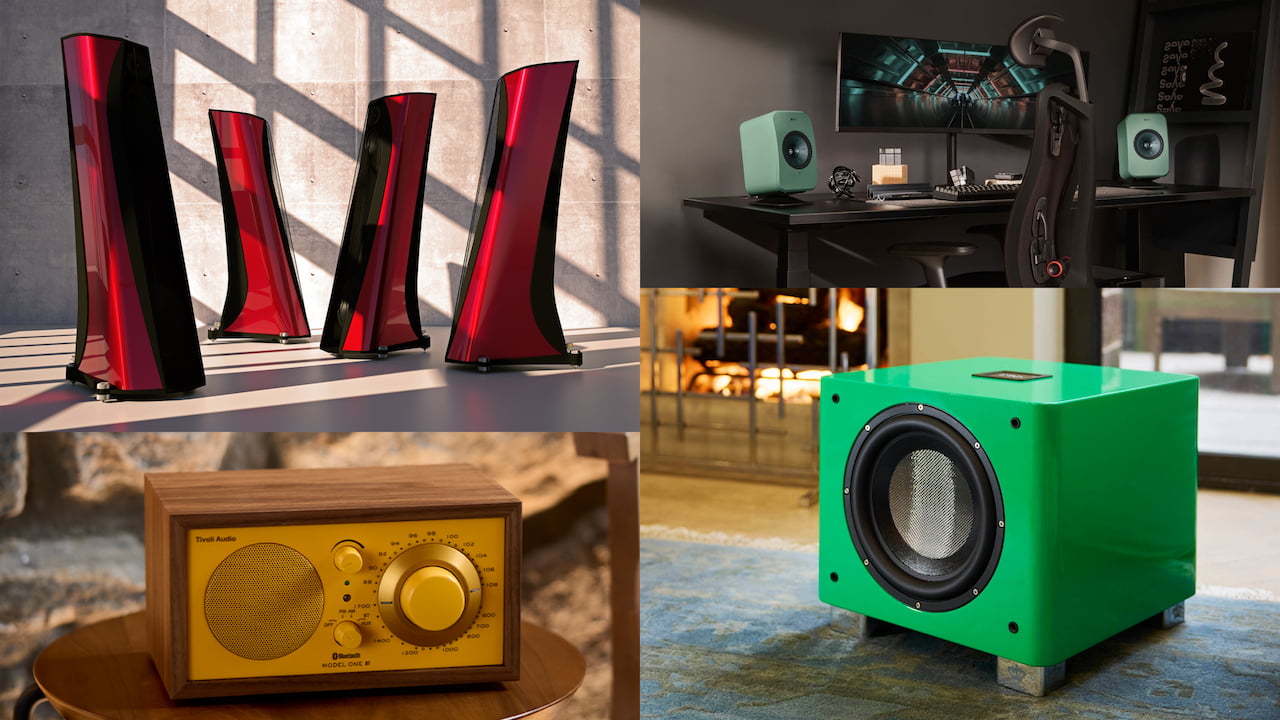
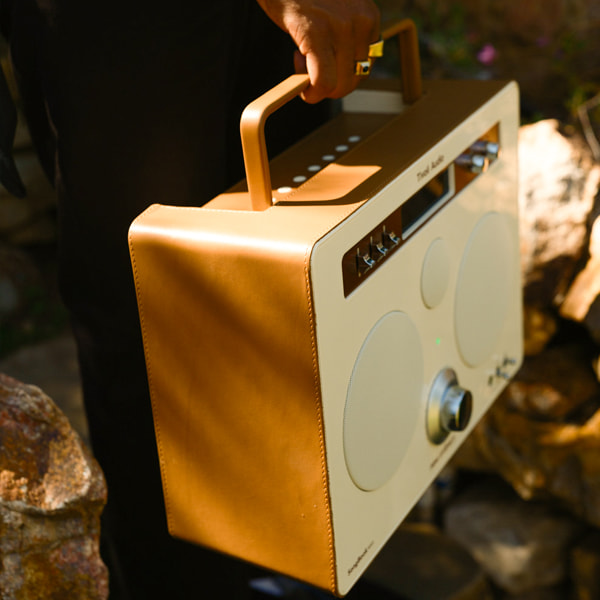



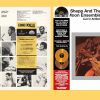
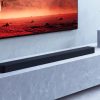



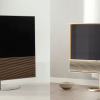


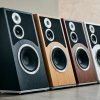





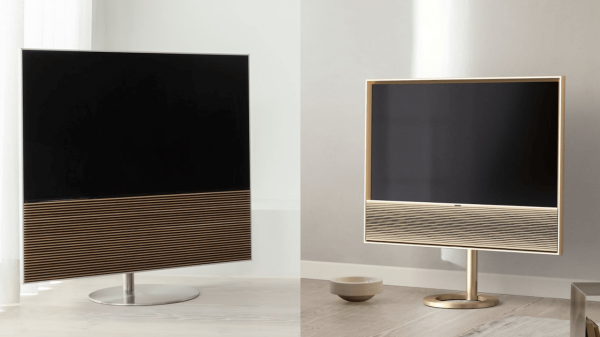
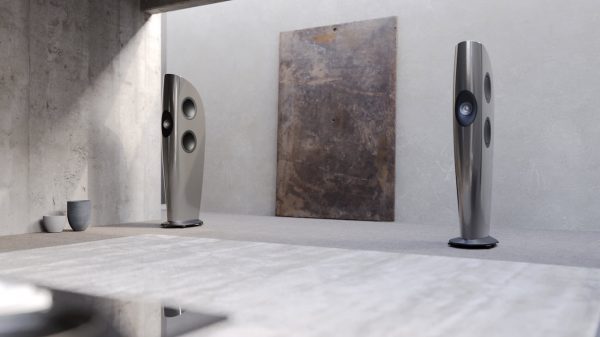




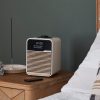


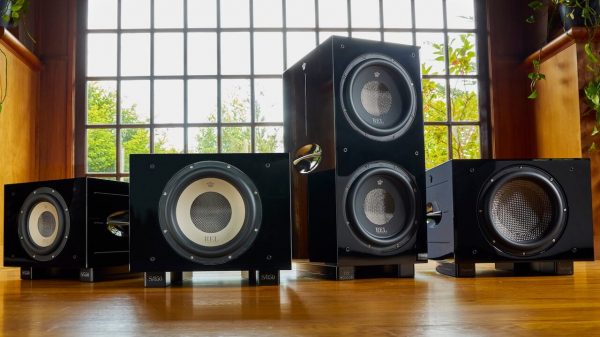
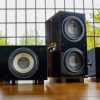


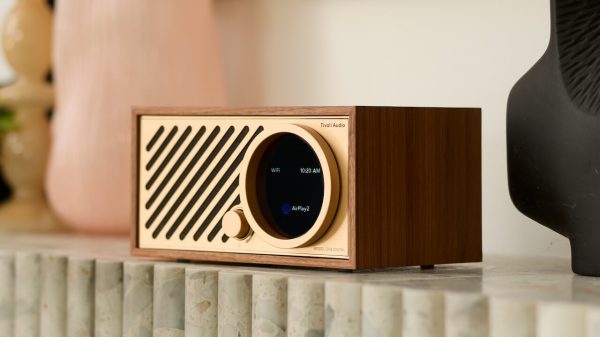
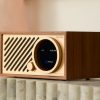











Antonio Stewart
May 19, 2025 at 10:23 am
Agree with every word. Hi-Fi has become very stale looking. And we could all use some additional color in our lives and homes. Not sure I need my amplifier to be red or coral pink, but the speakers don’t need to be walnut or black anymore.
Ian White
May 19, 2025 at 10:27 am
Anton,
Appreciate the kind words. I think hi-fi started to look “old” and that’s not a good thing in the design world. We exist in a bubble in the high-end and we need others to look at us differently. People are visual and if this brings more people into the room — so be it.
IW
Anton Yelchin
May 19, 2025 at 10:57 am
I think your last part is the biggest takeaway from the article.
Audiophiles are a very limited group of people with “old” views.
If this does attract more buyers — keep it going.
Just no “Digital Lavender.”
Ian White
May 19, 2025 at 11:43 am
Anton,
Is it the high-end manufacturers or audiophiles who are most afraid of change? I think it’s the audiophile community that has always been insular and not very welcoming. There is a certain type of audiophile who is offended by the concept of younger people buying cream coloured wireless speakers or letting women into the room. Manufacturers need this new blood to survive. Audiophiles need to keep this new group out to preserve its country club.
IW
Catherine Lugg
May 19, 2025 at 12:17 pm
Ian, This is spot on. My wife adores music, but is very picky as to how things look. So, she was delighted when I moved the KEF LS50 (wireless ver 1) to my office (she HATES how they look), moving the Q Acoustics 3030is in their place. And immediately objected when I took the grills off (even though she admitted they sounded better grills off).
So, if and when the time comes to replace the Q Acoustics, it will have to be “grills on.” That said, I’m happy to hear that the audiophile space might be opening up to those of us “in the bad back clubs,” who still hold advanced degrees in music. That’s for your reporting!
Ian White
May 19, 2025 at 1:43 pm
Catherine,
It’s not just her. My mother (77 years old) has an opinion about everything I’ve reviewed over the years — and none of it was good. I married an industrial designer who does product design and she’s been rather hard over the years on Hi-Fi design. She’s rarely impressed with anything I’ve reviewed. Finds its too dull or industrial.
She does like the mid-century look but I had to talk her down from “what about Bang & Olufsen…” ledge.
Appreciate the comments.
IW
ORT
May 19, 2025 at 2:27 pm
Looks matter. The first thing anyone that is not blind notices about anyone or anything is…The Look. Outside of frAudiophiles and old Punks or new the new race of stupid pierced people, fugly doesn’t sell well, but then if you slap on a ridiculous price tag to something that is basically a fly-buffet it will sell to the ego driven frAudian.
I just received my grandmother’s Curtis-Mathis console. It is gorgeous! So much so that even my spousal-unit likes the look. It is also tiny, about 4.5 feet long. The ‘table plays 16, 33.3, 45 and 78 rpm. And it is pretty much in superb condition.
A thing of beauty is a joy forever. But fugly? I don’t do fugly.
ORT
Ian White
May 19, 2025 at 5:56 pm
ORT,
Indeed they do.
IW
Offended by Ian White
May 20, 2025 at 6:18 am
Listeners who value form as much as function. Women.?! Young professionals.?! The design-conscious?! Hahahhaha what a joke! Try selling high end audio (specially at high end prices) to this lot!hahaha these specific demographics are broke and can’t even keep a steady job! I’m sorry to burst your “revolution” bubble Sonny boy.Butvif the lot with the money and the hairy chests to buy all this crap are a bunch of dinosaurs who love brown, gray and black they will keep making them brown, gray and black! Period! The hi-fi people will soon find out how broke and pathetic these “color revolution” demographic is and will stop this nonsense.Also shame on Ian White for shaming people who like Klipsch offerings! Shame on Ian for insulting the reader shame shame shame! (Shaking my old wrinkly finger vigorously!) This color revolution might stay tho…but in the Walmart audio device aisles, which by the way is not a bad place either. Hey Ian White! I’d you want ridiculously colored audio gear, shop on TEMU!